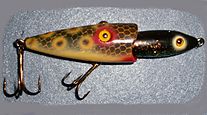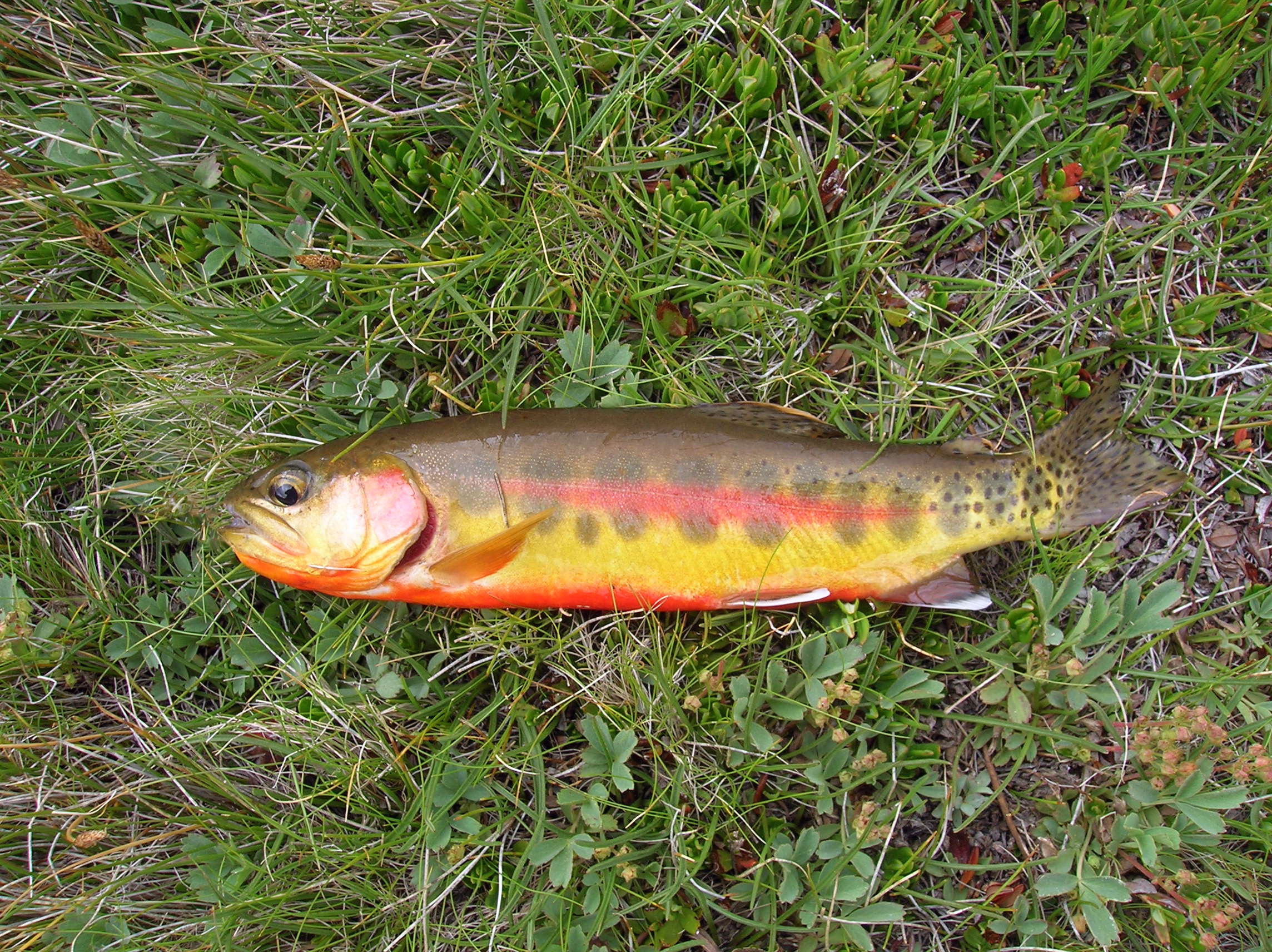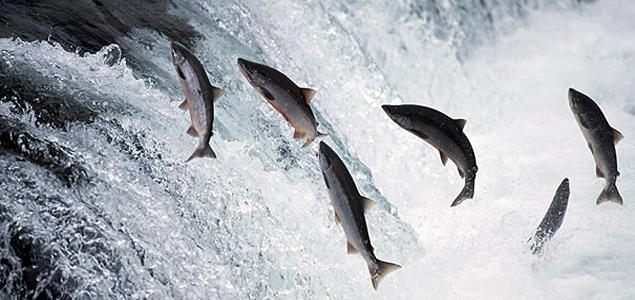There are many factors to take into account when you arrive at a venue for a lure fishing session. You need to try and think like the predator you are targeting, so as to work out where the fish is likely to be on that particular day, at what depth it might be and what sort of lure will trigger the fish into feeding.
Weather, water clarity, time of year, light conditions and natural features all play a big part in selecting the right lure. And even if you get that choice right, you will then got to work the lure in such a way that the fish will be tempted to take it.
Related Articles:
-
What is Dry-Fly Fishing?
-
Essential Beginner Fisherman Gears
-
Top Water Lures
-
Little Grass Valley Reservoir
-
Loop Line Fishing In Nepal
Water Clarity
This is the most important factor of all to consider before you even start fishing. With lure fishing you are relying almost entirely on the predator’s vision to get a take. It is best to restrict your lure fishing for clearwater venues. If you know there are big predators in a venue which is always colored up, fish using a deadbait.

What Color Lures?
This depends entirely on the prevailing light conditions. On dull days, fluorescent lures, such as oranges, greens and yellows, are the the best choice. On bright days, shiny silver, copper and bronze patterns will reflect the light beautifully and should be your choice. Patterns painted on the flanks of the lure can play a significant part if you are fishing in shallow, clear water, and my favorite lures are those which are adorned with a striped green and black pattern that imitates a small perch. However, if you are fishing in deep water, pattern and color are far less important as the fish will be striking from below the lure at what appears to them as just a black silhouette.
The Best Time for Lure Fishing
On most venues predators observe set feeding times. First and last light are classic times, but there will also be times during the day when the predators feed, perhaps for only an hour. Take note of when you catch fish, and then plan subsequent sessions to coincide with these times. The time of year is also important. Generally speaking, predators will be more active in summer and that is when the best lure fishing is to be enjoyed. However, you can also catch fish in colder water. In winter, the predatory fish are likely to have followed their prey into the deeper parts of the water where it is lightly warmer, and because the fish are not very active at this time of the year, you will need to work your lure slow and deep.
Working the Lure
A predatory fish is constantly on the look-out for any easy meal. To a pike, bass, perch, chub or zander, life is all about maximum reward for minimum effort, and the last thing they want to do is chase after fit, agile young fish all day long. To such fish an easy meal comes in the shape of an injured, dying or diseased fish which cannot easily escape capture, and that is exactly what you are trying to imitate when you retrieve your lure. Although most lures do have their own in-built action, lure fishing is certainly not just a case of casting out and reeling mechanically back in. You need to vary the speed of your lure, stop and start the retrieve, try very fast spurts followed by very slow pauses, and generally experiment with your technique until you start getting takes.
The Countdown Method
Sinking plugs, spinners and spoons can be worked at all depths by using the countdown method. You simply cast in, and imagine the lure sinking at, say, 1ft (30cm) per second. Your first few casts might be a countdown of three seconds, working the lure 3ft(90cm) deep. You can then work to a countdown of five (5ft/1.5m), seven (7ft/2.1m) and so on. When you finally get a take, you may well have found the feeding depth for that day and you may then get one take after another. If you are prepared to take the risk of letting the lure sink to the bottom at each swim, you can map out any changes in depth and build up a mental picture of what the venue is like under the water.
Natural Features
Predators like to hide in natural features, such as reeds, weed beds, lilies and sunken trees, and to pounce on any unsuspecting prey fish as it passes their lair. Therefore you should try to work the lure as close as possible to any such features that you are able to cast to.
Lure Fishing Tips for Beginners
Use shiny silver, copper or bronze on sunny days when they will reflect the sunlight, and brightly colored flourescent lures when they sky is overcast.
- Vary the speed of your retrieve. Do not just cast your lure out and wind it back in a mechanical, unnatural manner, predators respond to a jerky rhythm that imitates a wounded fish.
- Lures with weed guards, such as the Northland Jay Breaker, allow you to fish straight through reeds and lilies without snagging.











